You should have been in Rijeka on 22 September 2017 when culture swept the city like a tidal wave. You should have been on Dolac at 7 PM, at the old location of the Museum of Modern and Contemporary Art, where a couple of hundred people silently, in an atmosphere of palpable excitement, awaited the arrival of the performer Milo Moiré.
Wearing nothing but shoes and a VR headset, she led the procession to Benčić.
At least three thousand people from around Croatia knew that they had to be at Benčić, at the new space of the Museum of Modern and Contemporary Art, where something huge was happening. They also wanted to greet Tomislav Gotovac, an important name in contemporary art whose life and work will be on display until 26 November in a big retrospective “Crisis Anticipator – Don’t Ask Where We’re Going”.
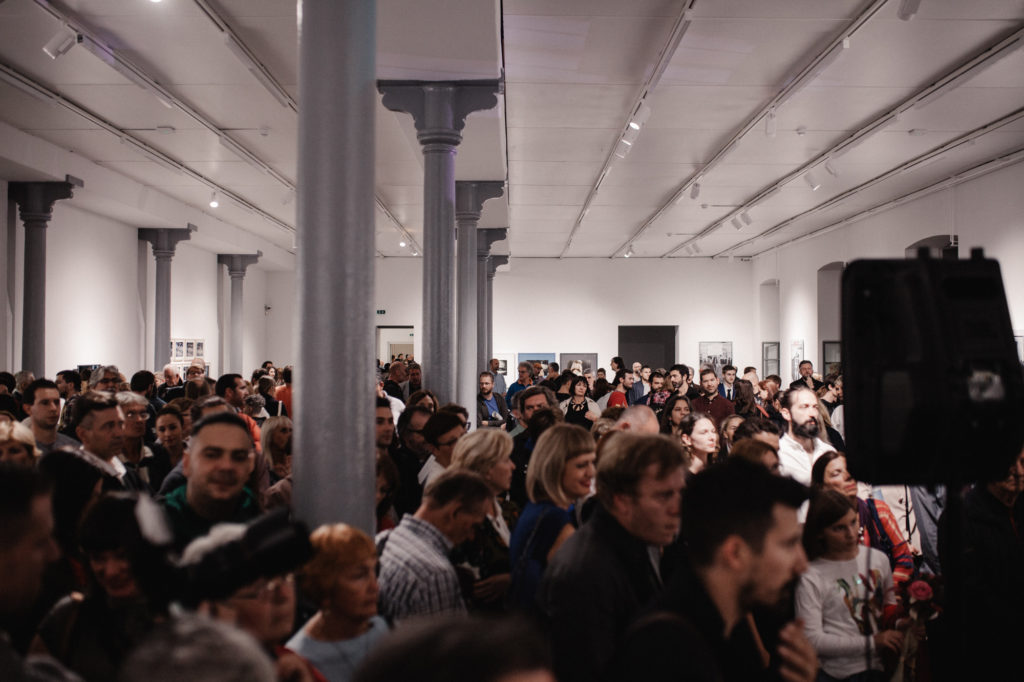
Numerous public personas and countless interested attendees spent the evening in front of the new museum commenting this first big announcement event for 2020 when the Croatian city of Rijeka becomes the European capital of culture.
We talked with some of the attendees.
Miško Šuvaković, art theoretician and conceptual artist, collaborator on the book titled “Tomislav Gotovac: Crisis Anticipator”, says he “ran away” from Belgrade to Rijeka for a couple of days to escape from everyday life and to take part in a project in which his friend Darko Šimičić of the Tomislav Gotovac Institute invested so much of his time and effort. “The third reason I’m here is that I participated in the creation in the book on Gotovac that is coming out soon, and the fourth reason is this excellent exhibition and the opportunity to witness Gotovac one more time in different combinations. The opening of a museum is always interesting. Each new museum is a good place to escape to. Today it might be crowded, but when it’s empty it’s going to be a fantastic place to find some peace and quiet.”
When asked about the book he says that working on it with the team from the museum in Rijeka was excellent. “We worked well, we were determined, I received strict instructions and I’m a good nerd. I think the book will be interesting because it gives provides a wholesome image of Gotovac – from different angles, from different people, a good collage, like his own.”
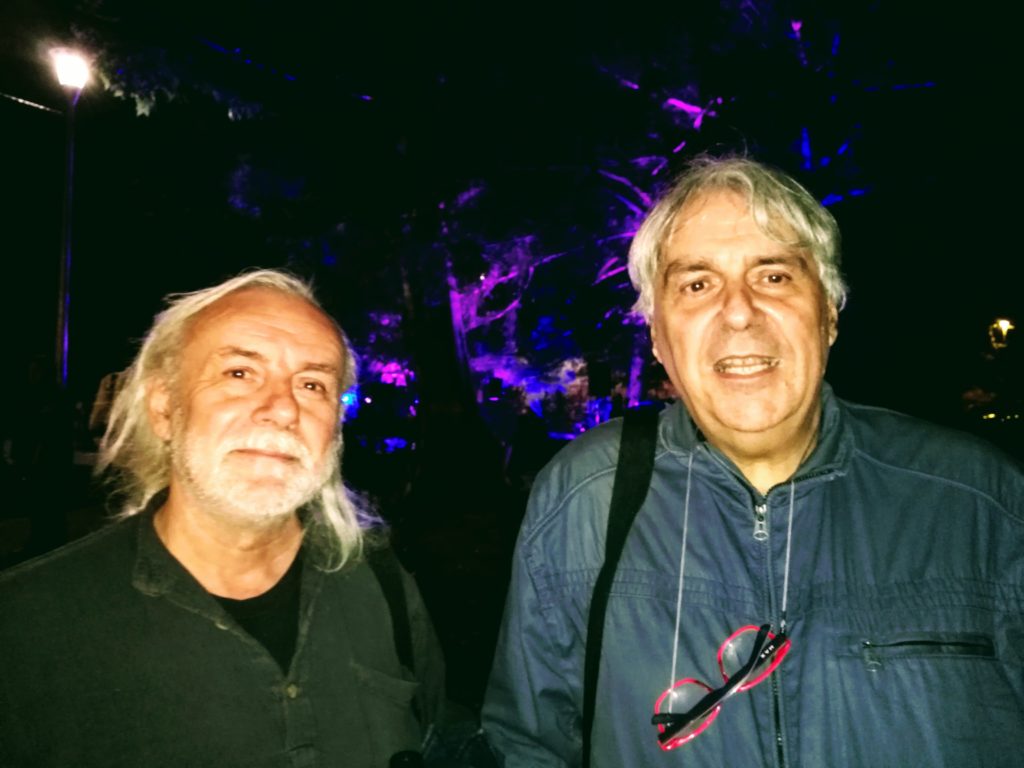
Vlado Martek, poet, painter and writer, said: “Moments like openings and beginnings like this one are rare. I think that this is an exceptional event, I feel it and take it in. I believe this will be a space in which young people will be able to soak in this energy that belongs to the so called other line of art, the one that raises awareness, that is distant from the imperative of aesthetics. This is a pure benefit for every person, something that can only be avoided and ignored on purpose. But it would be a shame to ignore it. Tonight’s exhibition and future ones are a treasure that you can savour and take in”.
Diana Nenadić, film critic and selector of the “Tomislav Gotovac: I am innocent” film programme: “Each new institution, especially a gallery or museum, opens with a representative programme. This one was the most representative I could imagine. Gotovac is a Croatian artist known worldwide and this exhibition will help people understand who he was and help them get to know him better. The film programme also serves this purpose, not only to get to know his films, but also the way he thought, things he loved, and how he was perceived by others. To witness his love for film and the love of other filmmakers for him.

The programme presents him as an author, viewer, the subject of documentaries, actor and performer, everything he used to be in life. So today (23 September), the film programme in the Art-Kino begins with “Plastic Jesus”, a film by Lazar Stojanović in which Gotovac plays his younger self who wants to become a filmmaker. “Plastic Jesus” made a mark on both his life and an entire generation of Yugoslav filmmakers.
The programme will also include his films from the 60s, starting with structuralist films, key among them “The Morning of a Faun” (26 September), then programme related to his family house and present day headquarters of the Tomislav Gotovac Institute, the famous house at Krajiška 29 in Zagreb. A part of the programme is related to films dedicated to Glenn Miller (14 November), including two performance programmes in which he performs as an actor, and then as a subject of documentaries and performer. Finally (21 November), we conclude with what is probably the most intimate, autobiographical part of the programme, in which Gotovac is presented through clips from other filmmakers’ films selected based on his fixations in different periods of life, and I believe the audience will enjoy these projections that consist of a series of short and rarely shown ready-made films.”
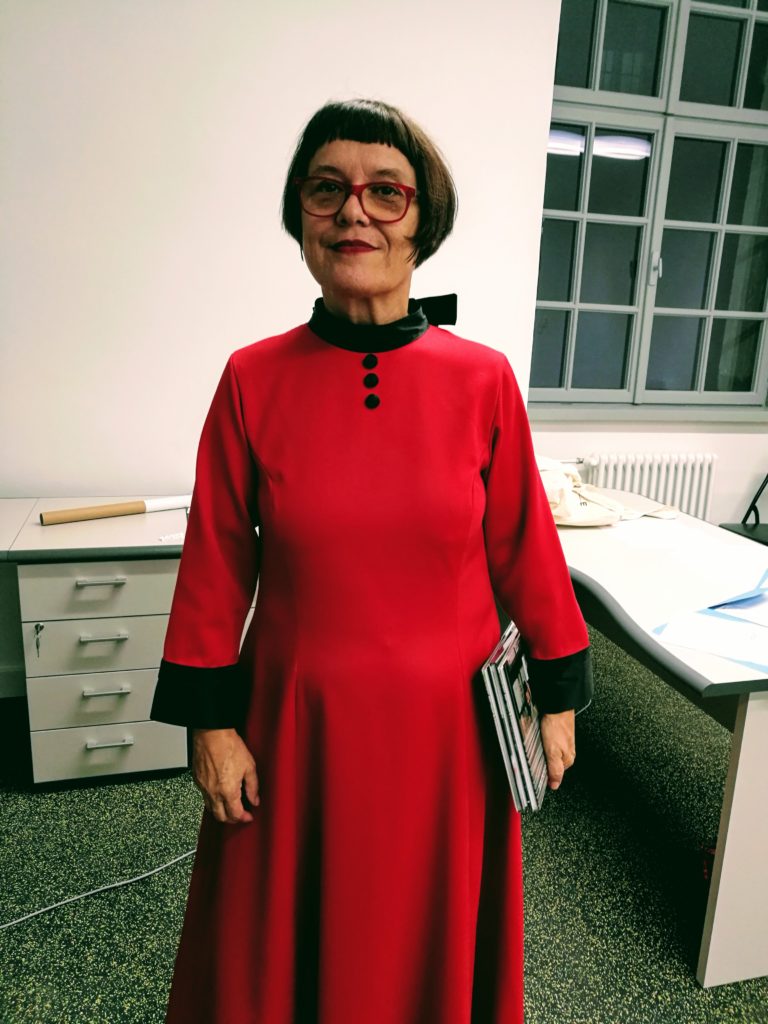
Vlasta Delimar, performer: “I know this space from before, I’m not unfamiliar with it, but I think there’s a lot more that has to be done here. But the important thing is that the space is being used. We have moved into the space and let’s push it to what it’s supposed to be. It’s only natural to open the museum with the Tomislav Gotovac retrospective. That man is a classic. There’s no questioning it, opening a museum of contemporary art with such a classic is normal. At first glance, the exhibition fits the space well. There are many smaller items that can be separated, which is very welcome for this retrospective. I know his opus very well so I have to check it out in peace to be able to say more, but for now everything seems fitting and the curators selected the material well.”
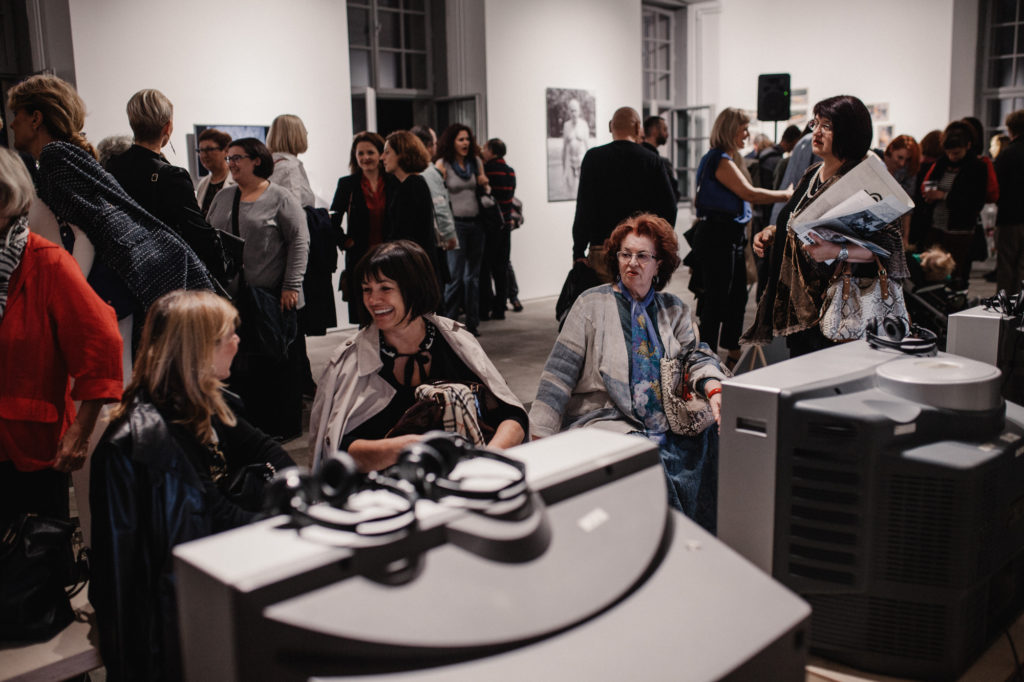
Ana Hušman, multimedia artist: “I think this museum opening is very important for Rijeka, and I’m happy that the museum has a space of its own because for years now they’ve been creating programmes that are relevant, good and important for the city so this gives them the opportunity to start building further ideas about what the museum can be – opening it towards the people and the city, involving citizens… The surroundings are also great because they resembles some sort of alternative spaces and can be modified nicely. I also think that choosing Gotovac for the opening is great, especially considering his relationship towards the city, him contemplating on the city as a place for life and performance, as a place of action. It’s well connected with the idea of the museum that wants to act and behave the same way.”
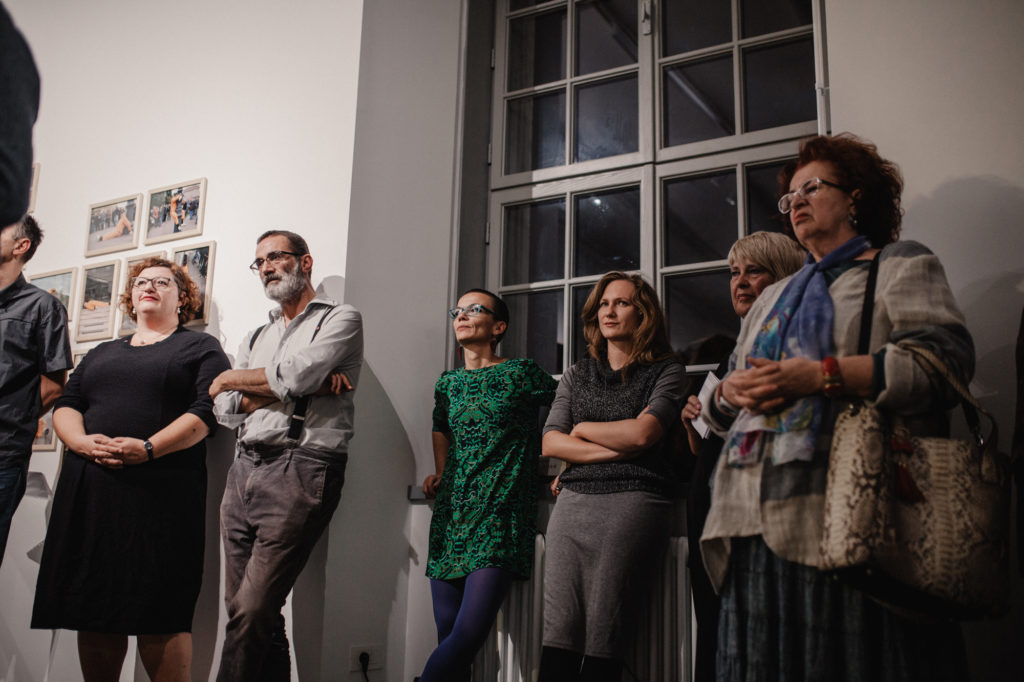
The opening ceremony included talks by Vojko Obersnel, Mayor of the City of Rijeka, Emina Višnić, CEO of Rijeka 2020, Slaven Tolj, director of the Museum of Modern and Contemporary Arts, Ivan Šarar, head of the Department of Culture of the City of Rijeka, Ksenija Orelj and Nataša Šuković, museum curators and retrospective authors, Dinko Peračić, new museum space architect, and Darko Šimičić, representative of the Tomislav Gotovac Institute. Alen Floričić received the Ivo Kalina award.
The music was also appropriate for Gotovac – Josip Pepi Forenbacher Big Band performed before the opening, while Iz@ Medošević & Borgie and My Buddy Moose performed later.





